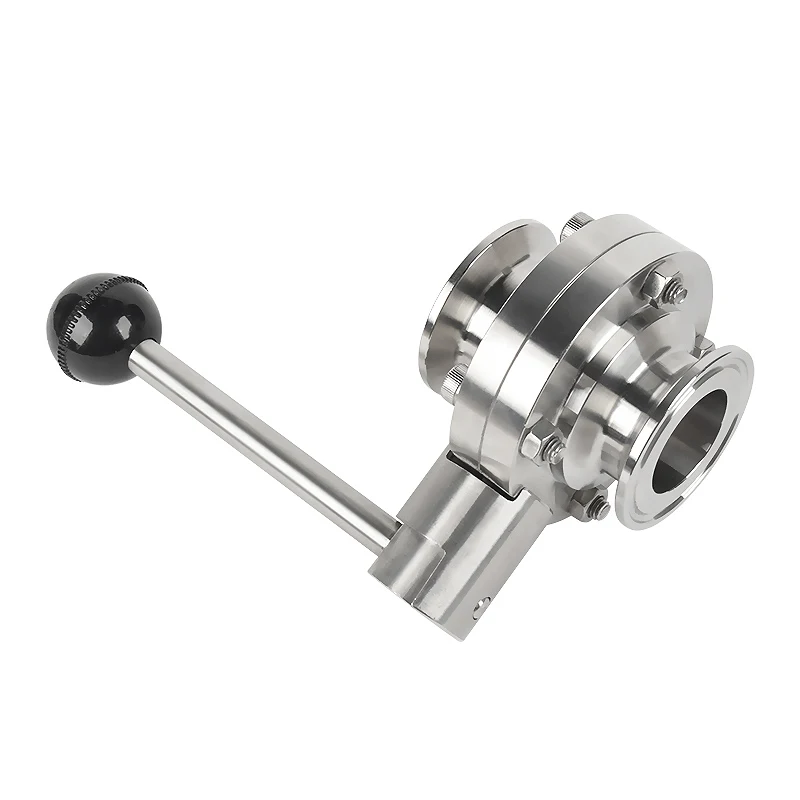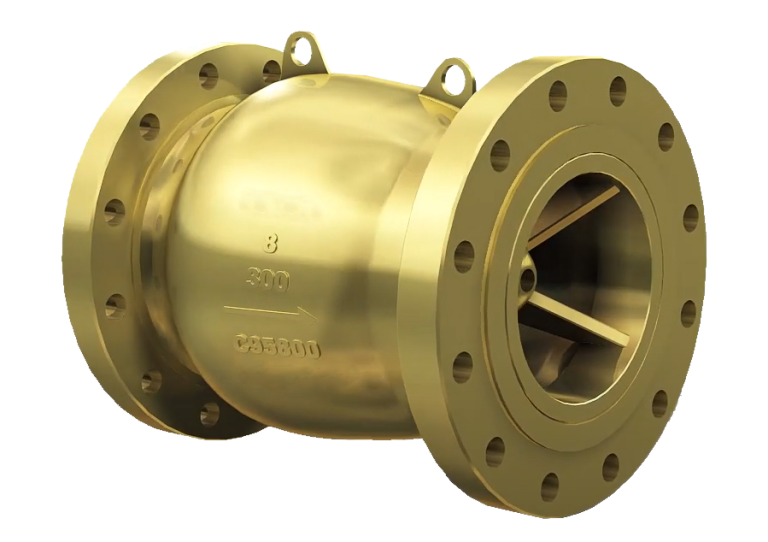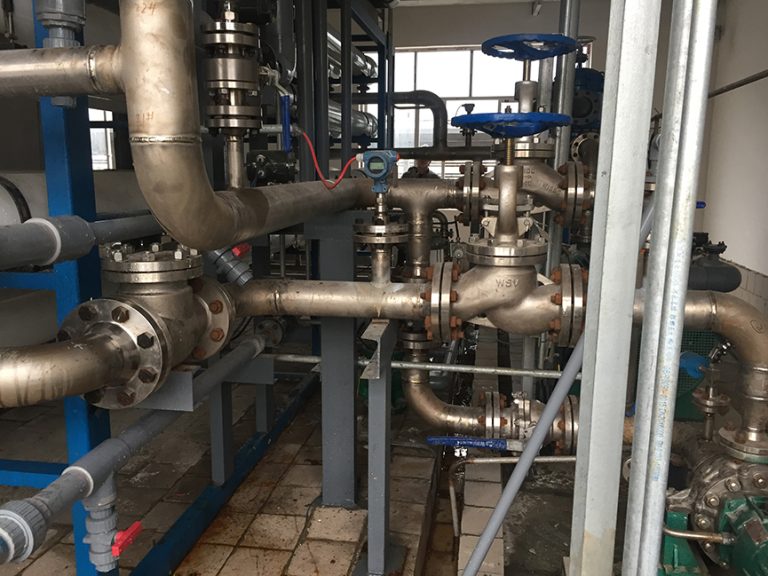Differences Between Gate Valves and Globe Valves valve compressor spring
ileocecal valve massage
ipr valve
butterfly valve vs ball valve
irrigation valve boxes
Gate valves rely on the medium pressure to tightly close the sealing surface, achieving the effect of no leakage. During the opening and closing process, the valve core and the valve seat sealing surface always contact and rub against each other, making the sealing surface easily worn out. When the gate valve is close to closing, the pressure difference between the front and rear of the pipeline is large, making the sealing surface more severely worn. The structure of the gate valve is more complex than that of the globe valve. In appearance, under the same caliber, the gate valve is taller than the globe valve, and the globe valve is longer than the gate valve. In addition, gate valves are classified into rising stem and non-rising stem, while globe valves are not.
The difference between globe valves and gate valves in terms of working principle
When the globe valve is opening and closing, it is a rising valve stem type, meaning that turning the handwheel will rotate and lift the valve stem together. The gate valve rotates the handwheel to make the valve stem move up and down, with the position of the handwheel itself unchanged. The flow rate is different: gate valves require full open or full close, while globe valves do not. Globe valves have a specified inlet and outlet direction, while gate valves do not. In addition, gate valves have only two states, either fully open or fully closed, and the travel distance of the gate plate during opening and closing is larger, resulting in longer time. The valve plate movement distance of the globe valve is much smaller, and the valve plate of the globe valve can stop at a certain point during movement for flow control. Gate valves can only be used for cutoff, with no other functions.

The difference between globe valves and gate valves in terms of performance
Globe valves can be used for cutoff and flow control. The fluid resistance of globe valves is relatively high, making it relatively laborious during opening and closing, but because the distance between the valve plate and the sealing surface is short, the opening and closing distance is short. Gate valves can only be fully open or fully closed. When completely open, the flow resistance of the medium in the valve body channel of the gate valve is almost zero, making it very easy to open and close. However, the distance between the gate plate and the sealing surface is far, resulting in a longer opening and closing time.
The difference between globe valves and gate valves in terms of installation and flow direction
The effect of flow direction is the same for both directions in a gate valve, and there is no requirement for inlet and outlet direction during installation, and the medium can flow in both directions. Globe valves must be installed strictly according to the direction indicated by the valve body arrow mark. There is also a specific rule regarding the inlet and outlet direction of globe valves. The “three supplies” rule specifies that the flow direction of globe valves should always be from top to bottom. Globe valves have low inlet and high outlet, and the pipeline is visibly not on the same horizontal line. The flow passage of gate valves is in the same horizontal line. The travel distance of gate valves is larger than that of globe valves. From the perspective of flow resistance, the flow resistance of gate valves is small when fully open, while that of globe valves is large. The ordinary flow resistance coefficient of gate valves is about 0.08-0.12, with low opening and closing forces and the ability for the medium to flow in both directions. The ordinary flow resistance of globe valves is 3-5 times that of gate valves. When opening and closing, the globe valve needs to be forced to close to achieve sealing, and the valve core contacts the sealing surface only when it is fully closed, resulting in minimal wear on the sealing surface. Because of the large flow, gate valves with actuators should pay attention to adjusting the torque control mechanism. There are two ways to install globe valves: one way allows the medium to enter from the lower part of the valve core, which has the advantage that the valve disc is not under pressure when the valve is closed, extending the life of the valve disc, and the valve disc can be replaced in a pipeline under pressure before the valve. However, the driving torque of the valve is about twice as high as that of the top flow. The axial force on the valve stem is high, and the valve stem is easily bent.
The difference between globe valves and gate valves in terms of sealing
The sealing surface of the globe valve is a small trapezoidal side of the valve core (depending on the shape of the valve core), and once the valve core falls off, it is equivalent to the valve closing (if the pressure difference is large, it may not close tightly, but the backflow prevention effect is still good). The gate valve relies on the side of the gate plate to seal, and the sealing effect is not as good as that of the globe valve. If the gate valve’s valve core falls off, it will not be equivalent to the valve closing like the globe valve.
Related News & Blog
Choosing the Right High Alloy Valve for Corrosion-Resistant Solutions
Corrosion can be a significant concern in various industrial processes, particularly when dealing with harsh chemicals or aggressive environments. To combat this challenge, engineers and professionals…
Maintenance and Troubleshooting of Discharge Valves
Discharge valves play a crucial role in various industrial applications, ensuring the proper flow and control of liquids and gases. As a trusted brand in the valve industry, Weidouli Valves has been p…
Types of Valves and Their Applications
Valves are mechanical devices that control the flow of fluids, gases, or slurries. They play a crucial role in various industries, including oil and gas, manufacturing, power generation, and water man…

